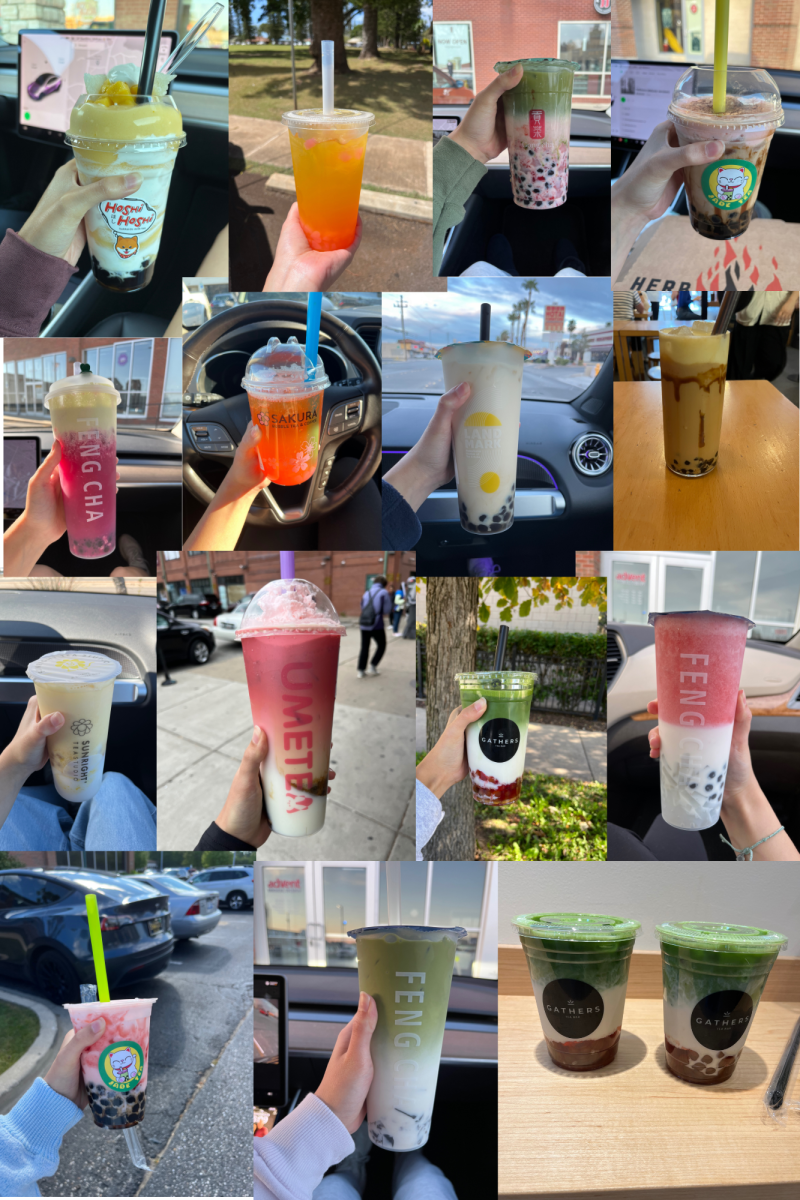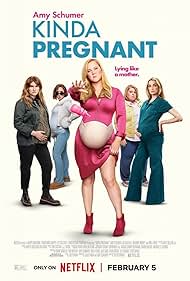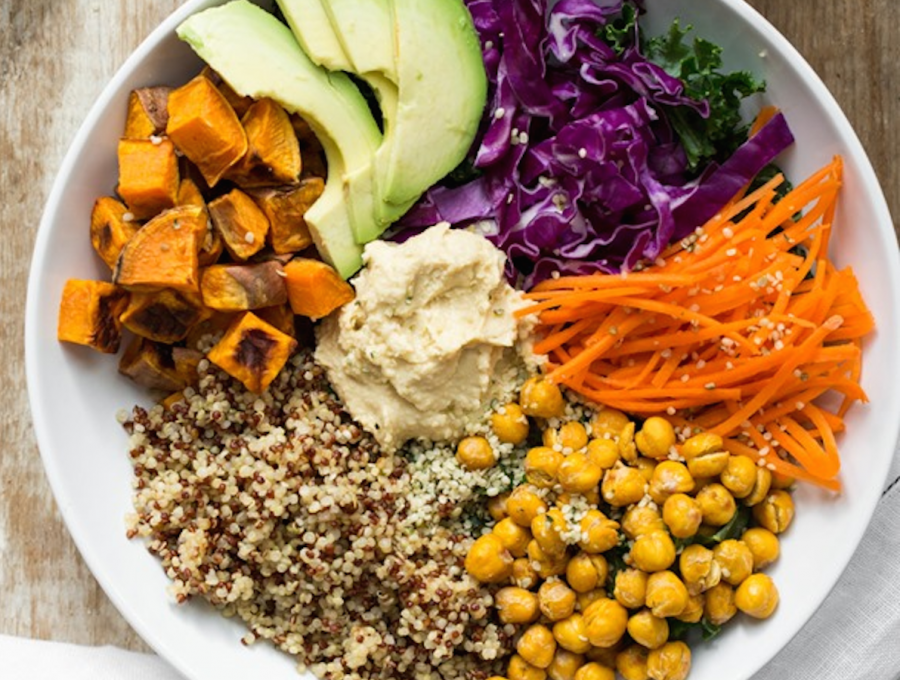Veganism: the Good, the Bad, the Ugly
The world is giving rise to a mysterious trend.
It’s one with heavily debated pros and cons, one that many people- young and old- are adopting, and one with long-term effects not quite known yet: veganism.
The plethora of misconceptions regarding the lifestyle have resulted in some shaming of herbivorous people everywhere; in response, many vegans speak out passionately about why they have chosen the “healthier” way of living.
“Healthy” can’t be defined by one type of diet.
It matters not what one type of diet a person adheres to, but rather all the other choices in the person’s life that make up the holistic lifestyle.
That being said, both vegans and non-vegans (and everyone else in between) have a reason for choosing to eat their particular range of food. As with any debate, both sides have valid points.
An understanding and examination of both arguments are crucial in order for each person to find his or her own stance on the subject.
The Good
375 million people across the globe identify as vegan. It is a rising trend; in 2009, one percent of Americans were vegan– by 2014, five percent considered themselves vegans.
Of course, the demographics vary from country to country, depending on factors ranging from available resources to historical traditions and cultures.
Veganism has roots in the 1960’s and 70’s American counterculture movement when people expressed their concerns not only for the American diet but also for the environmental impacts of food choices on a global scale.
Frances Moore Lappe’s 1971 book, Diet For a Smaller Planet, proposed the idea of the human race “getting off the top of the food chain.”
In biology, we learned about the various trophic levels of food pyramids and ecosystems. The largest biomass should be found in the level with producers, or plants.
If a consumer level grows larger than the bottom of the pyramid, there will not be enough resources to support the current consumer levels.
Many advocates for veganism adopt the practice as their way of keeping the food pyramid balanced. As a general pattern, there is more room on a food pyramid for herbivore biomass than there is for carnivore biomass.
Other vegans support the lessening of a human’s carbon footprint on the earth through a plant-based diet.
Many meat production factories, such as cow farms, use an incredible amount of environmental resources just to support all the cows raised.
Some studies have shown that cows might contribute more to the carbon dioxide in the atmosphere than car emissions do. These figures take into account the fuel it takes to fertilize grazing farms, produce meat, and transport it. In total, nine percent of all carbon emissions come from cow farms.
Another argument for veganism is that “natural” human diets have been disrupted by the globalization of today’s food industry. When humans were not so invested in global trade and consumerism, a family would raise livestock and eat whatever was available from that meat source.
Today, there is way more access to markets that sell meat; eating a hamburger requires much less effort than making one from scratch a hundred years ago. Therefore, vegans argue that in the modern world, we are eating more meat and dairy products than we are historically used to.
The Bad
Advocates for an animal-product-inclusive diet have counter arguments, of course. The main concern is that vegans do not get the appropriate amount of nutrients that they need, such as iron, protein, essential fatty acids, vitamin B12, and more.
Vegan diets are high in fruits, vegetables, cereal grains, and legumes. Fruits and vegetables provide many vitamins and nutrients, but cereal grains and legumes contain a large proportion of antinutrients, such as phytate.
Antinutrients interfere with the absorption of minerals from an already low-mineral vegan diet; specifically, phytates form insoluble compounds with minerals like calcium and zinc, so that our bodies can not take in the valuable parts of them.
Vegans and vegetarians alike see frequent deficiencies in vitamin B12, a key player in the synthesis of proteins and red blood cells. Vitamin B12 is found most abundantly in seafood like salmon, crabs, sardines, and clams; it is also present in different meats, such as lamb, ham, and chicken.
The lack of vitamin B12 can lead to developing anemia as well as being detrimental to cognitive functioning and psychological health.
Compared to their peers who eat animal products, children raised on vegan diets show dramatically lower abilities to solve complex problems and engage in abstract thinking.
These mineral deficiencies matter greatly in everyone, but the most dramatic effect is seen in pregnant women. Studies have shown that expecting mothers who have low levels of vitamin B12 and fatty acids are more likely to have children with neurological disorders and deficiencies.
If a woman is on a vegan diet while pregnant, she should consult her doctor and take supplements to prevent her child from receiving the harmful effects of lacking vital nutrients.
The Ugly
Of course, both vegan and non-vegan diets can get ugly. Since animal products provide many key nutrients like protein and iron, vegans must get their fixes from plant-based foods.
If they don’t do this, the lack of nutrients will eventually result in many health issues. This nutrient deprivation can be avoided, however, with careful inventory of nutrient sources.
Non-vegan diets have the potential to become unhealthy as well. A diet too heavy in meats and dairy can just as easily cause a nutrient deficiency as if a non-vegan does not eat the right amount of plant-based foods.
Fruits and vegetables contain incredible amounts of vitamins that are vital to any healthy diet; non-vegans and vegans must both be mindful to get their nutrients properly.
At the end of the daya��
Food is about balance.
It may be true that the non-vegan human diet today contains more dairy and meat than it did in the Stone Age, but one must keep in mind that the human race is evolving every day. Our bodies may one day become more accustomed to the meat-and-dairy-heavy cuisines.
Until then, though, humans should not be pitched against each other in this argument. Before forming an educated decision on food choices, each individual should take into account their understanding of nutrition to find a unique, balanced diet to fit his or her lifestyle.

Irene is a senior who loves linguistics, long runs, and laughter. She also enjoys airports, thunderstorms, and long drives to the middle of nowhere.


























































































